Getting to space: it ain’t easy – each kilogram needs an estimated 32,900,000 joules of energy just to reach low Earth orbit.
The cost associated with this energy is enormous, so every kilogram counts. Costs have been dropping over time – 2020's Falcon Heavy launch cost $950/kg (£685/kg), whereas the 1981 Space Shuttle launch cost a whopping $85,216/kg (£61,467/kg approx) – but space agencies still work hard to keep the mass of their spacecraft to an absolute minimum.
Despite this hurdle, humans have launched vehicle after vehicle through the atmosphere and into space.
But which is heaviest? These are the spacecraft with the largest mass to have flown in Earth’s orbit and beyond.
10. Salyut 1
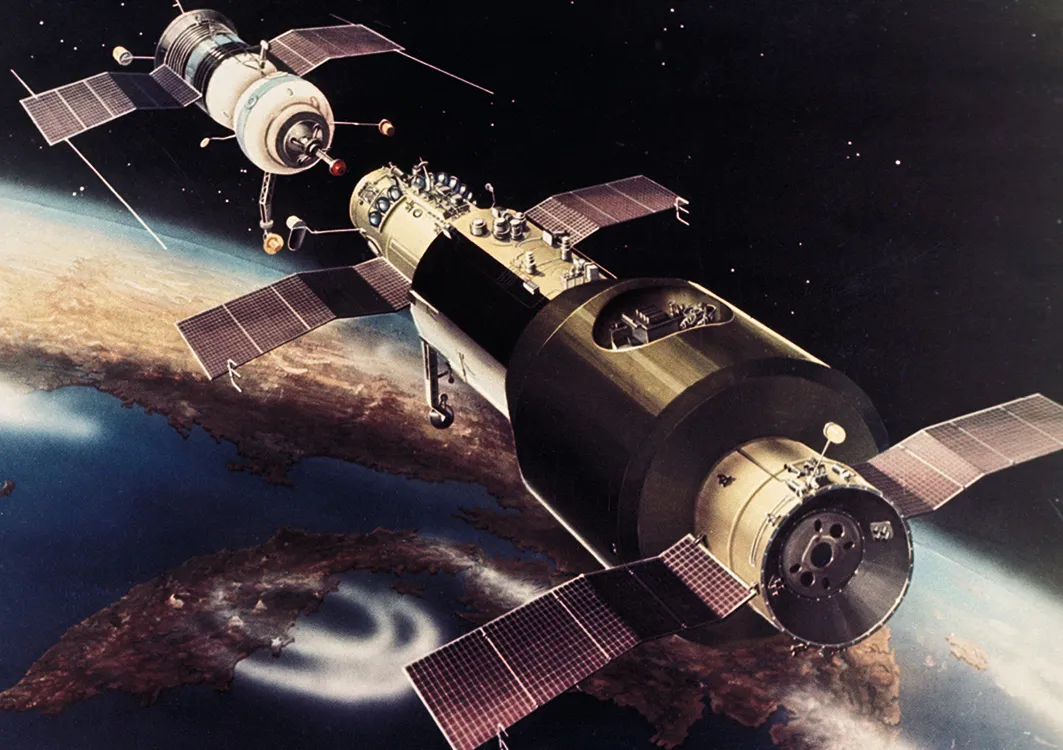
Russian space station
In service: 1971
Weight: 18,900kg
9. ATV (Automated Transfer Vehicle)
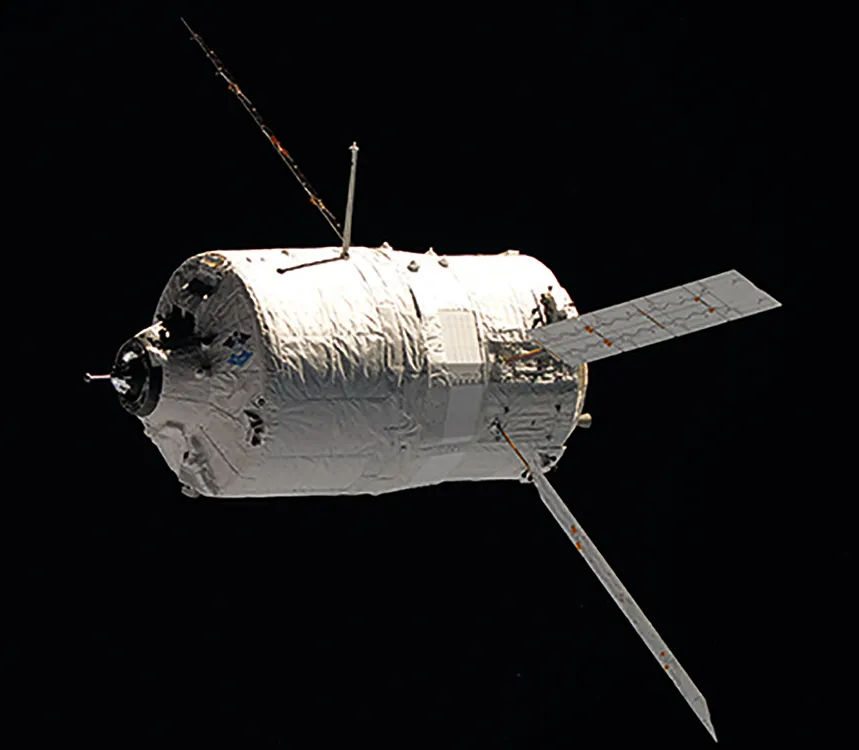
European Space Agency cargo spacecraft
In service: 2008–2014
Weight: 19,357kg
8. Salyut 7
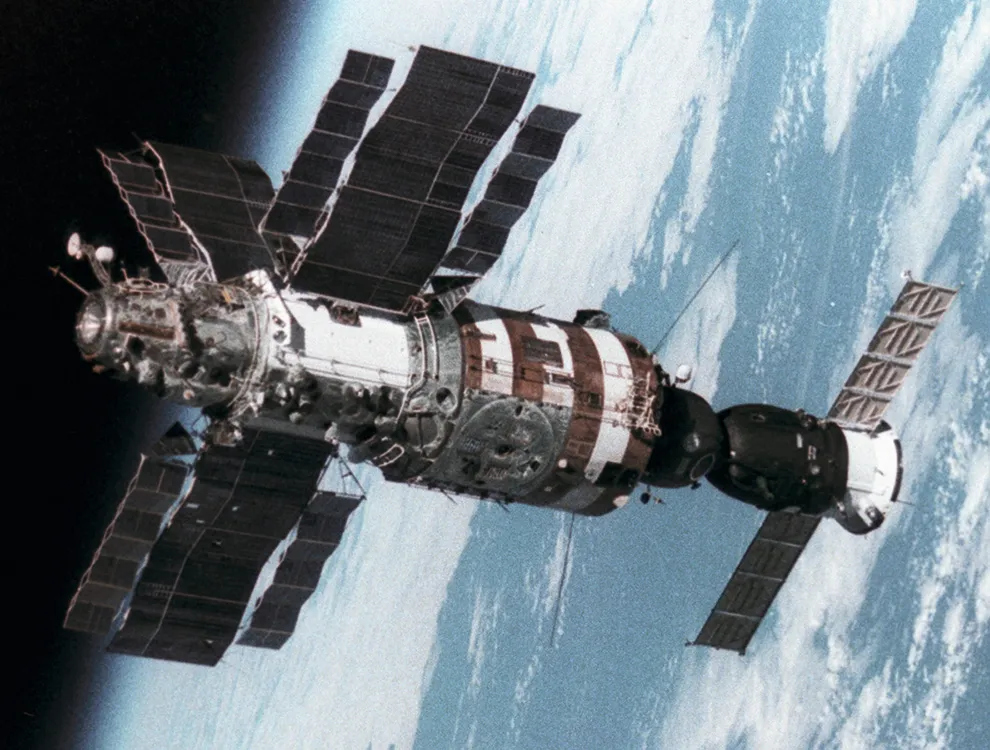
Russian space station
In service: 1982–1991
Weight: 19,824kg
7. Tianhe core module
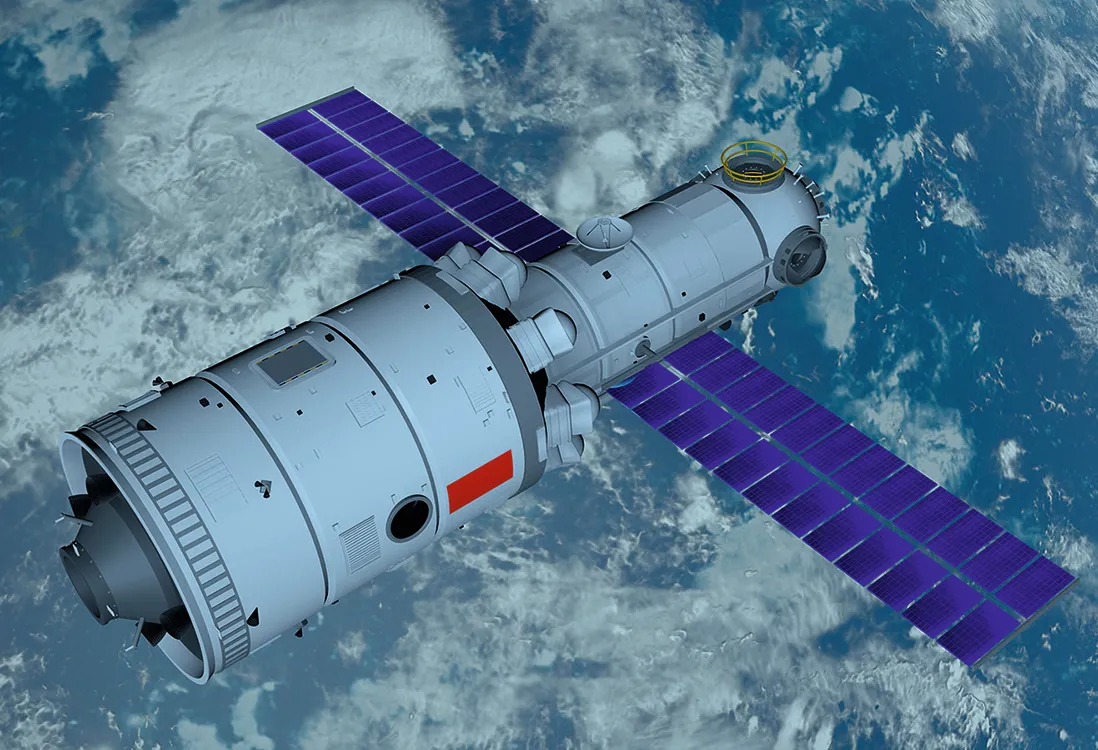
Cornerstone of Chinese Tiangong space station
In service: April 2021-present
Weight: 22,000kg
6. Apollo Command and Service Module
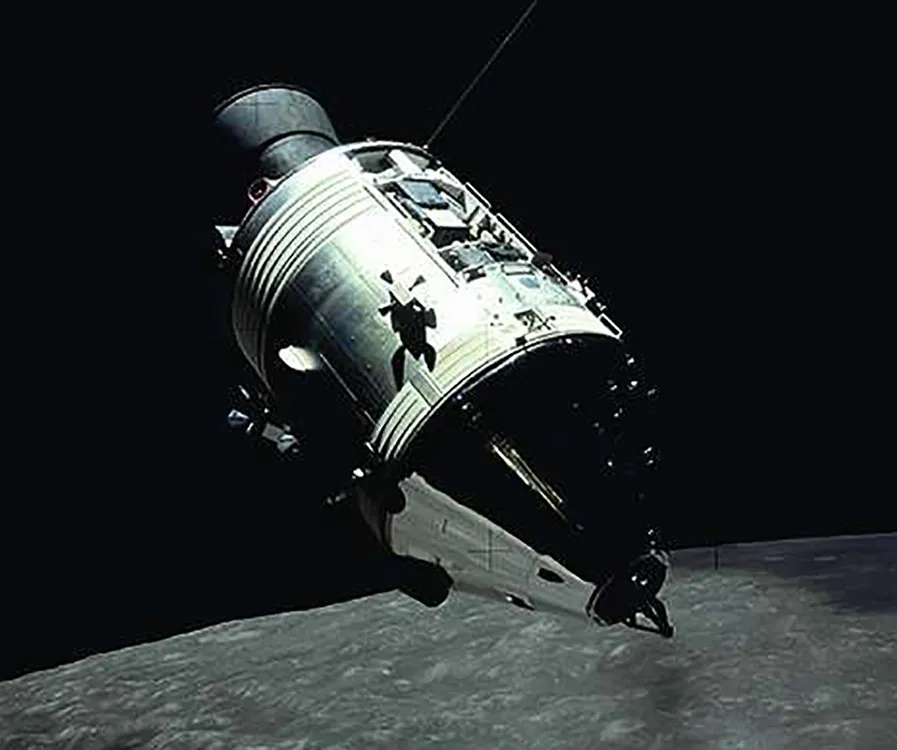
US lunar spacecraft
In service: 1968–1975
Weight: 28,800kg
5. Skylab
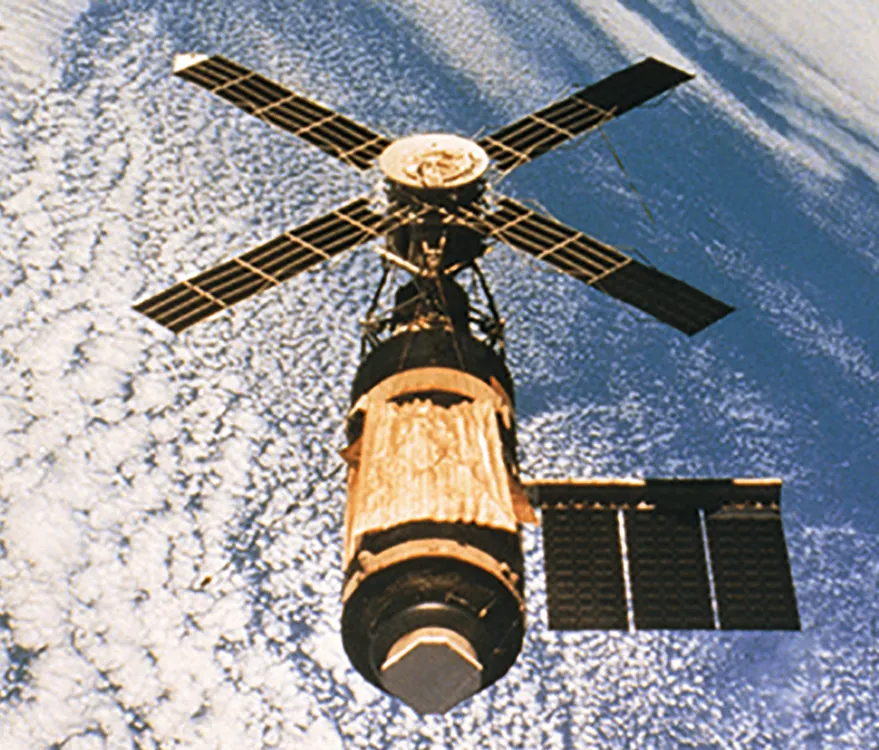
US space station
In service: 1973–1979
Weight: 77,000kg
4. Buran
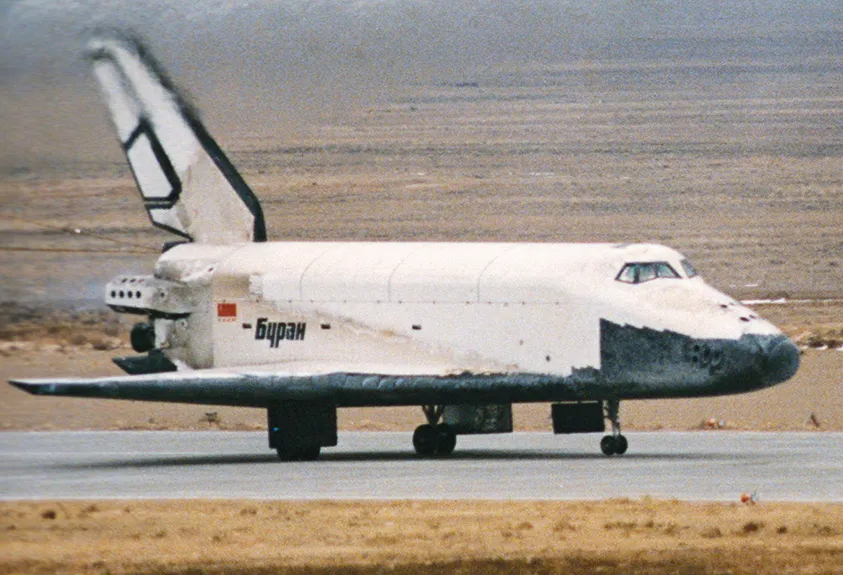
Russian uncrewed spaceplane
In service: 1988
Weight: 105,000kg(Orbiter vehicle mass)
3. Space Shuttle
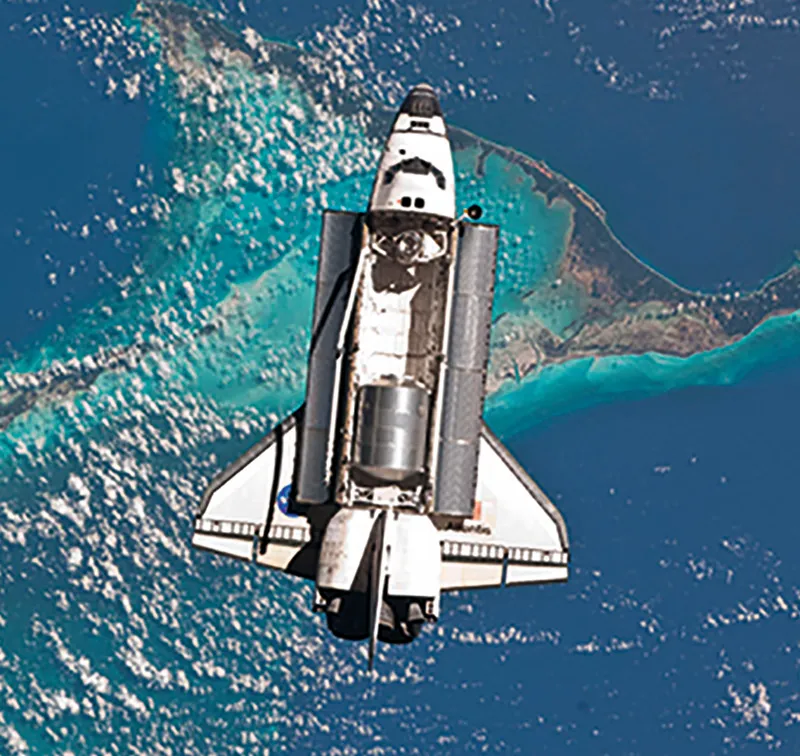
USorbiter vehicle
In service: 1981-2011
Weight: 110,000kg(Gross lift-off mass ofEndeavour)
2. Mir
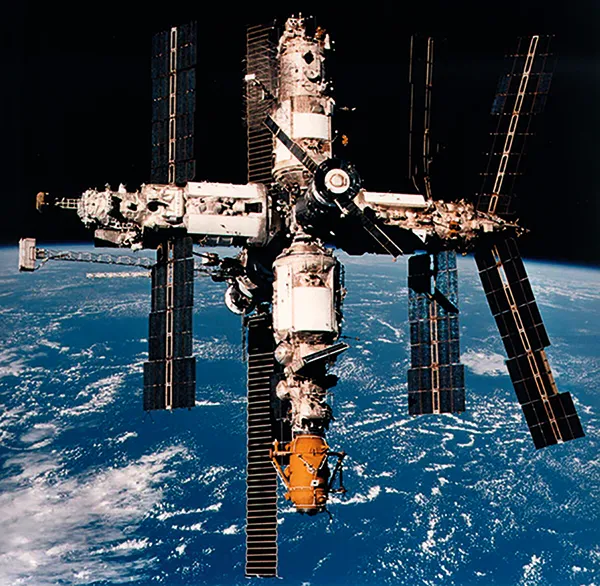
Russian space station
In service: 1986-2001
Weight: 140,000kg
1. International Space Station
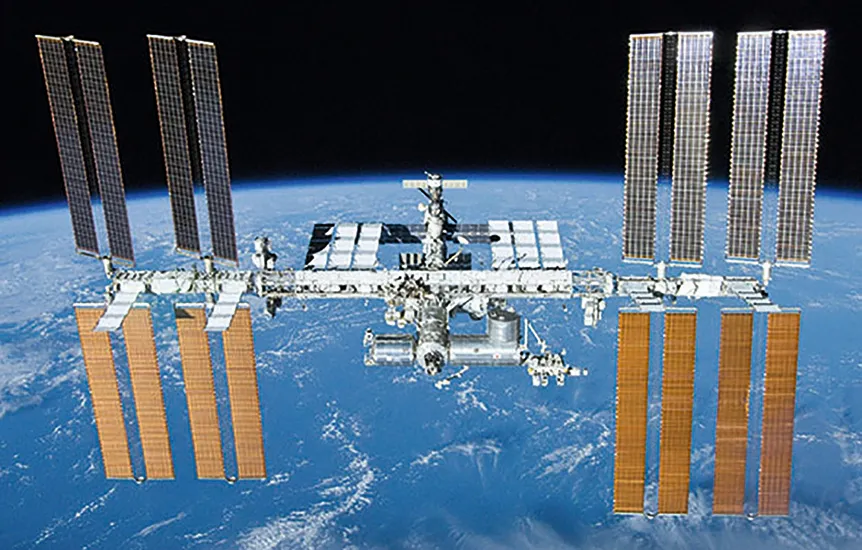
Space station, made of 16 pressurised modules
In service: 1998-present
Weight: 419,725kg(2011 size)
Read more: